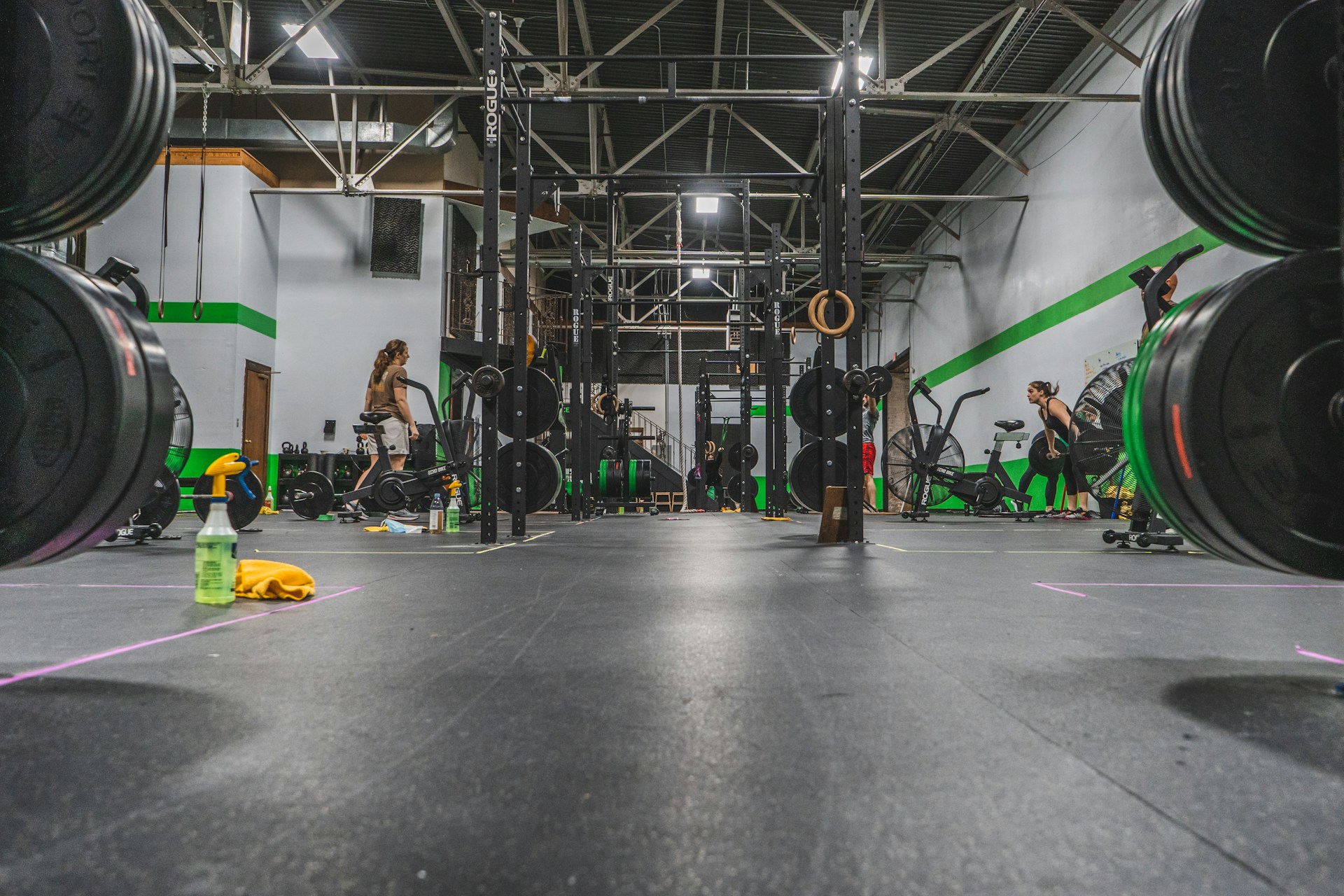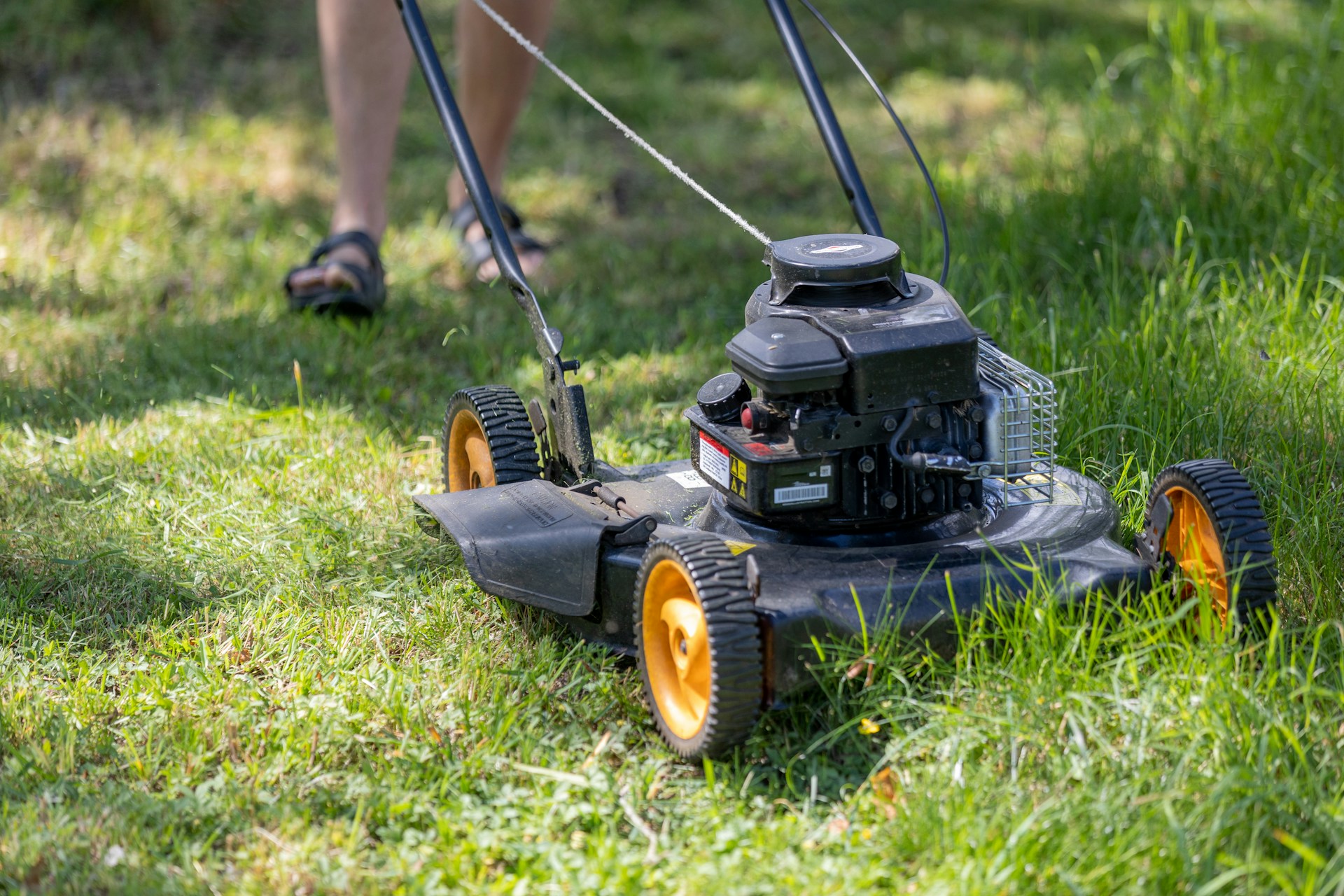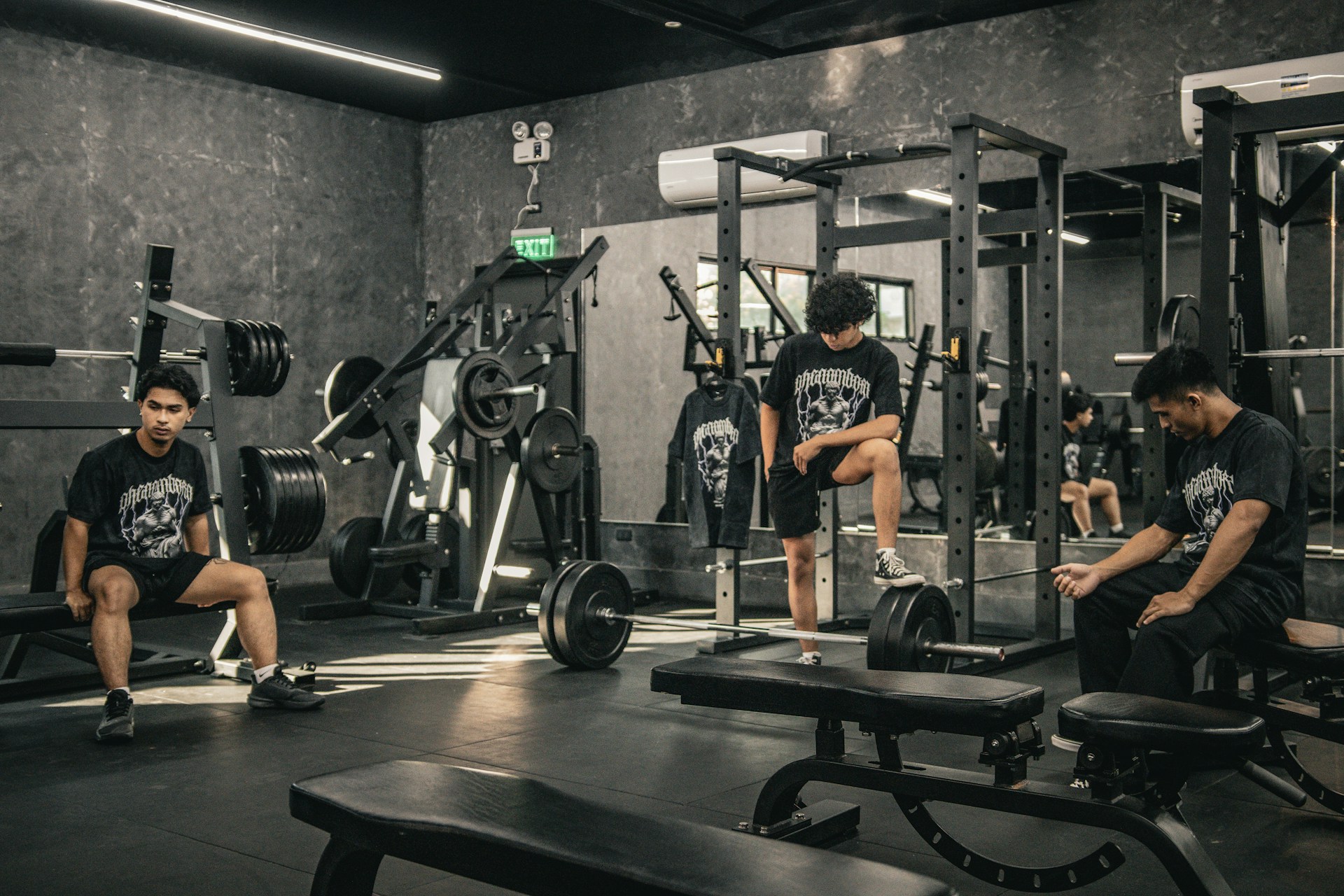
If improving your fitness while saving time sounds too good to be true, you’re in for a surprise. High-Intensity Interval Training (HIIT) is revolutionizing the way we approach exercise.
By alternating between short bursts of intense activity and brief recovery periods, HIIT workouts challenge your body in ways that go beyond traditional steady-state cardio or strength training.
Not only are HIIT workouts an incredible fat-burning method, but they also improve cardiovascular health and adaptability.
Both professional trainers, like those associated with The Barbell Physio, and beginners alike are leveraging this method.
Today, we’re breaking down the top reasons to incorporate HIIT into your fitness routine and exactly how to get started.
What Exactly Is HIIT?
High-Intensity Interval Training, often referred to as HIIT, involves short bursts of all-out effort followed by rest or low-intensity recovery periods. This cycle is then repeated several times to form a complete workout.
For example, you might sprint for 30 seconds followed by 1 minute of walking, then repeat this pattern for 15-20 minutes.
HIIT is highly adaptable. Whether you’re running, cycling, doing bodyweight exercises, or lifting weights, these principles can be applied to almost any form of exercise.
Benefits of HIIT You Can’t Ignore
Considering adding HIIT to your lineup? Here are seven evidence-backed reasons why you should make the leap.
1. Time-Efficient Workouts
Don’t have time for a long gym session? No problem. HIIT workouts are designed to get your heart rate up and deliver maximum results in the shortest time possible.
Most sessions can be completed in 20 minutes or less, making it an excellent option for those with busy schedules.
2. Burn More Fat in Less Time
When it comes to fat-burning, high-intensity training outperforms traditional workouts.
HIIT keeps your metabolism elevated even after the session has ended through a process called Excess Post-Exercise Oxygen Consumption (EPOC). This means your body continues burning calories long after you’ve stopped exercising.
3. Boost Cardiovascular Health
HIIT doesn’t just build physical endurance; it improves heart health by challenging your cardiovascular system. Studies reveal that HIIT can lower blood pressure, improve oxygen uptake, and enhance overall heart function.
4. Build Strength and Muscle Endurance
HIIT workouts often incorporate strength training, using bodyweight or resistance tools like dumbbells and kettlebells.
This combination improves not only aerobic fitness but also muscular endurance, targeting multiple aspects of your physical health.
5. Improve Insulin Sensitivity
HIIT has shown significant benefits in regulating blood sugar levels, especially for people with insulin resistance. By improving how your muscles use glucose, HIIT can help prevent type 2 diabetes and reduce the risk of metabolic conditions.
6. Adaptable for All Fitness Levels
Whether you’re a seasoned athlete or a beginner, HIIT can be tailored to your current fitness level. For example, instead of sprinting, beginners can opt for fast-paced walking. Over time, as endurance improves, intensity can be increased.
7. Variety Keeps Motivation High
Because HIIT is so versatile, it’s perfect for anyone prone to workout monotony. You can switch up exercises (e.g., cycling one day, bodyweight exercises the next) or experiment with different interval styles. This keeps your fitness regimen fresh and exciting.
Types of HIIT Workouts to Try
Here are a few effective and fun HIIT workouts you might want to add to your routine:
Bodyweight HIIT
Perform exercises like burpees, jump squats, mountain climbers, and push-ups for 30 seconds each, followed by 15 seconds of rest. Complete 4-5 rounds.
Running HIIT
Alternate running at maximum effort for 30 seconds with 1 minute of walking. Repeat this pattern for a total of 20 minutes.
Weighted HIIT
Combine weightlifting and cardio, such as kettlebell swings, medicine ball slams, or dumbbell thrusters. Aim for 40 seconds of work with 20 seconds of rest for 3-5 rounds.
How to Incorporate HIIT into Your Routine
If you’re ready to start high-intensity training, follow these tips to ensure your success:
1. Start Slow
If you’re new to HIIT, begin with one or two sessions per week and gradually increase as your fitness improves. Adding too much too quickly can lead to burnout or injury.
2. Warm Up Properly
HIIT is intense, so warming up your muscles beforehand is essential. A dynamic warm-up that includes mobility exercises and light cardio is highly recommended.
3. Focus on Form
During high-intensity exercises, maintaining proper form is crucial to prevent injuries. This is particularly important for weighted HIIT workouts.
4. Don’t Skip Recovery
Although HIIT is effective, it’s also very taxing on your body. Rest days are important to allow your muscles to recover and grow stronger.
Is HIIT Right for You?
Although HIIT offers numerous benefits, it’s not for everyone. Those with chronic health conditions or injuries should consult with a healthcare professional or fitness expert before starting.
Additionally, if you’re unsure how to structure your workouts, a professional resource like The Barbell Physio can help guide you.
Final Thoughts on High-Intensity Training
HIIT draws attention for a reason—it’s efficient, adaptable, and highly effective for improved fitness and fat burning.
By accessing the benefits of HIIT workouts, you can not only improve your physical health but also gain confidence and motivation to pursue other fitness goals.
The key to success is consistency. Set realistic goals, commit to regular sessions, and listen to your body. Whether you’re an experienced athlete or just starting, HIIT can be a game-changer in your fitness routine.
Looking for more inspiration? Check out The Barbell Physio’s comprehensive guides to high-intensity training and take your progress to the next level.
Try adding one HIIT session to your plan this week and experience the difference it can make.

















































